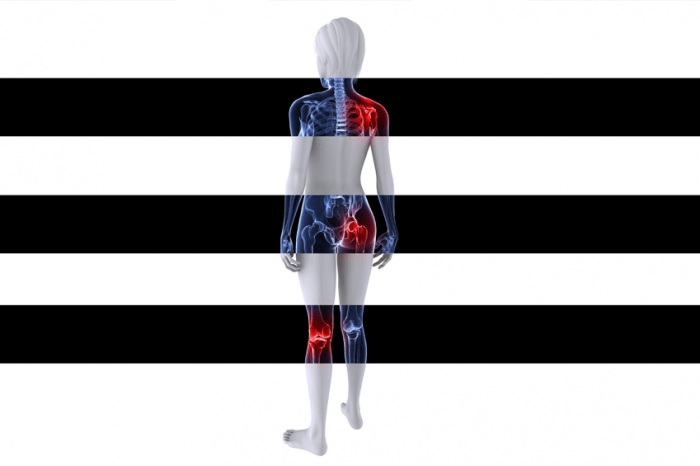New research indicates that physically active yoga can enable people with a mental health condition to relieve depressive symptoms.

A research showed that people with some conditions of mental health who regularly participate in physically active yoga may have less depressive symptoms than those who exercise less often or participate in other types of intervention.
The report , published in The British Journal of Sports Medicine, draws together results from a number of previous studies and discusses the interest it will add to further study into the relationship between yoga and mental health issues.
Addressing a ‘profound human problem’
Depression is the world’s number one cause of disability. It’s “one of the most profound human problems currently facing the global health care system,” according to an article in the Journal of Clinical Psychiatry.
Depression “causes extreme symptoms that affect how you look, think and perform everyday tasks, such as sleeping , eating or working,” according to the National Institute of Mental Health.
Depression occurs alongside other mental health problems , such as anxiety and psychosis. Many physical health issues can also cause mental health problems.
Many experts associate a lack of physical activity with depression, according to an article in The Journal of Affective Disorders.
Doctors also advise people with depression to participate in physical exercise to avoid the adverse effects of inactivity on the physical health, such as cardiovascular disease. An article in the Journal of Psychiatric Research states that physical activity is an effective depression treatment.
Physically active yoga can play a valuable part in this context. There are a variety of different types of yoga, but the practice typically combines physical movement, exercises for breathing , meditation, and mindfulness.
A meta-analytic analysis by the American Psychological Association suggested that anxiety , depression, and other mood disorders may be handled with mindfulness.
Combined with the advantages of physical activity for mental health problems, yoga can provide multiple benefits for people with depression symptoms.
Active yoga shows promise
To explore this hypothesis, the authors of this study conducted a meta-analysis of studies that had examined the effects of yoga on depressive symptoms previously.
The researchers, after identifying 80 trials, reduced this number to 13, focusing on high-quality trials involving people over the age of 18 who had been diagnosed with a mental health disorder and engaged in yoga that included physical movement for at least 50 percent of the session’s duration.
The study included yoga types including Hatha, Vinyasa, SVYASA, Kundalini, and Kripalu. Sessions were held weekly and lasted from 20 to 90 minutes.
The authors found that yoga had a moderate effect on reducing depressive symptoms for persons with mental health disorders after pooling the data from these trials.
The most notable results were individuals with depression and schizophrenia and, to a lesser degree, alcohol abuse. However, insufficient data was available to determine its benefit for other mental health disorders.
The authors noted that their findings were consistent with an earlier study which specifically looked at the potential benefits of yoga for people who had been diagnosed with depression.
The current meta-analysis, by contrast, examined depressive symptoms in a range of mental health disorders, including post-traumatic stress disorder (PTSD), general anxiety , stress, and schizophrenia.
The authors also found that there were more positive effects on their depressive symptoms among people who did more regular yoga — that is, practiced more sessions per week —.
The authors also found that yoga no long present significant barriers to engagement, and had similar numbers of dropouts to other depressive symptom interventions.
An incentive for further research
Although the findings are positive, the authors acknowledged that to understand the nature of how and why yoga causes depressive symptoms, researchers need to carry out more research.
Because of the limited number of studies available for analysis , the authors noted that it was not clear how depressive symptoms of a person were affected by the different components of yoga — for example, physical activity and mindfulness.
Moreover, it was not clear whether the combination of physical activity and attentiveness that was practiced simultaneously resulted in greater benefits than either practiced individually.
The authors also noted that a person does the type of yoga, and that the instructor can also affect the results. The authors suggest drawing upon classes led by yoga teachers with equivalent formal qualifications to overcome this in future research.
According to Jacinta Brinsley, University of South Australia, School of Health Sciences, Adelaide, and her co-authors:
“For further understanding of the mechanism by which yoga has an effect on mental and physical health, intervention variables, such as type of yoga, intensity, environment, instructor qualification, specific postures, cueing, philosophical focuses, mindfulness techniques, and breathing techniques, should be adequately reported.”
Nevertheless, the study makes clear that further investigation of the role yoga can play as a treatment for depressive symptoms may be useful for researchers.






